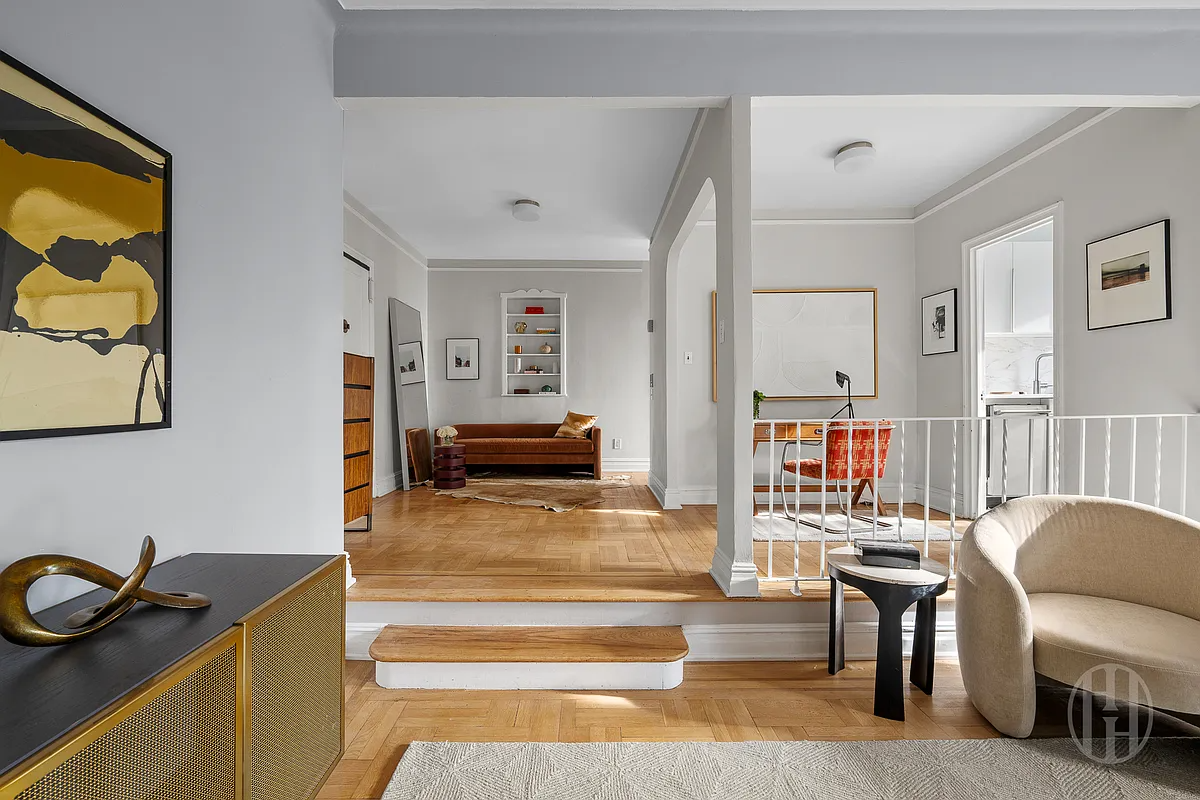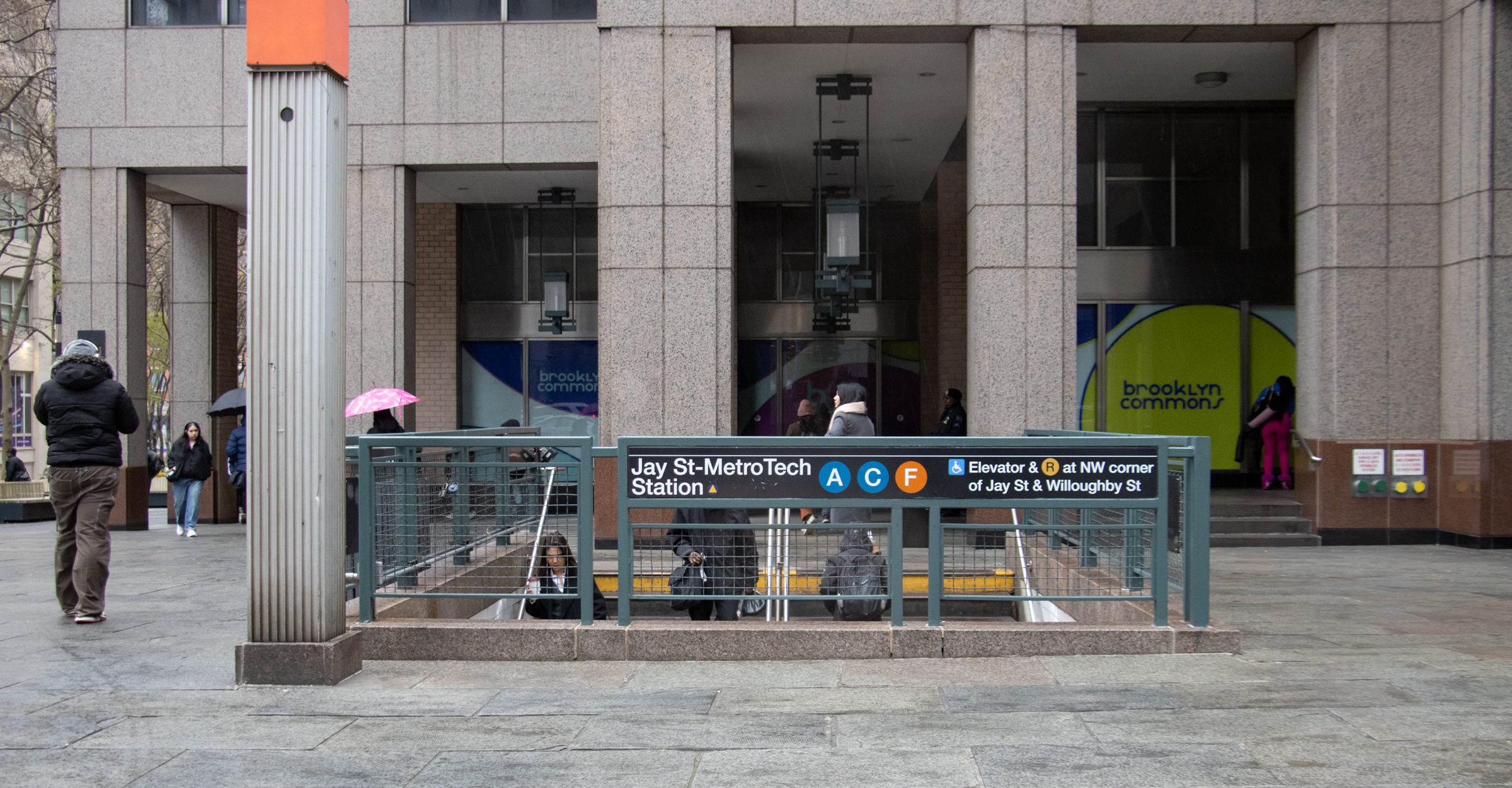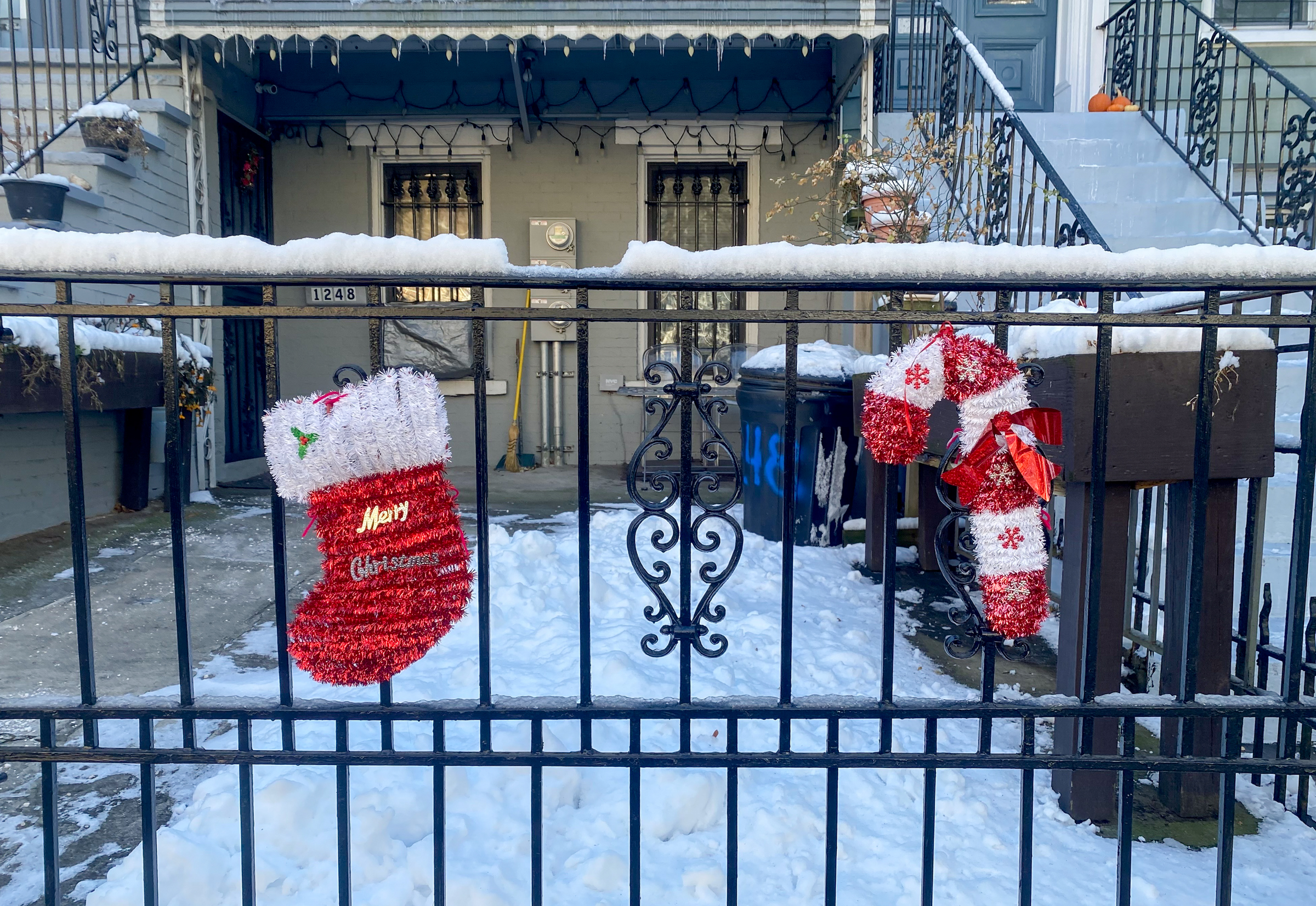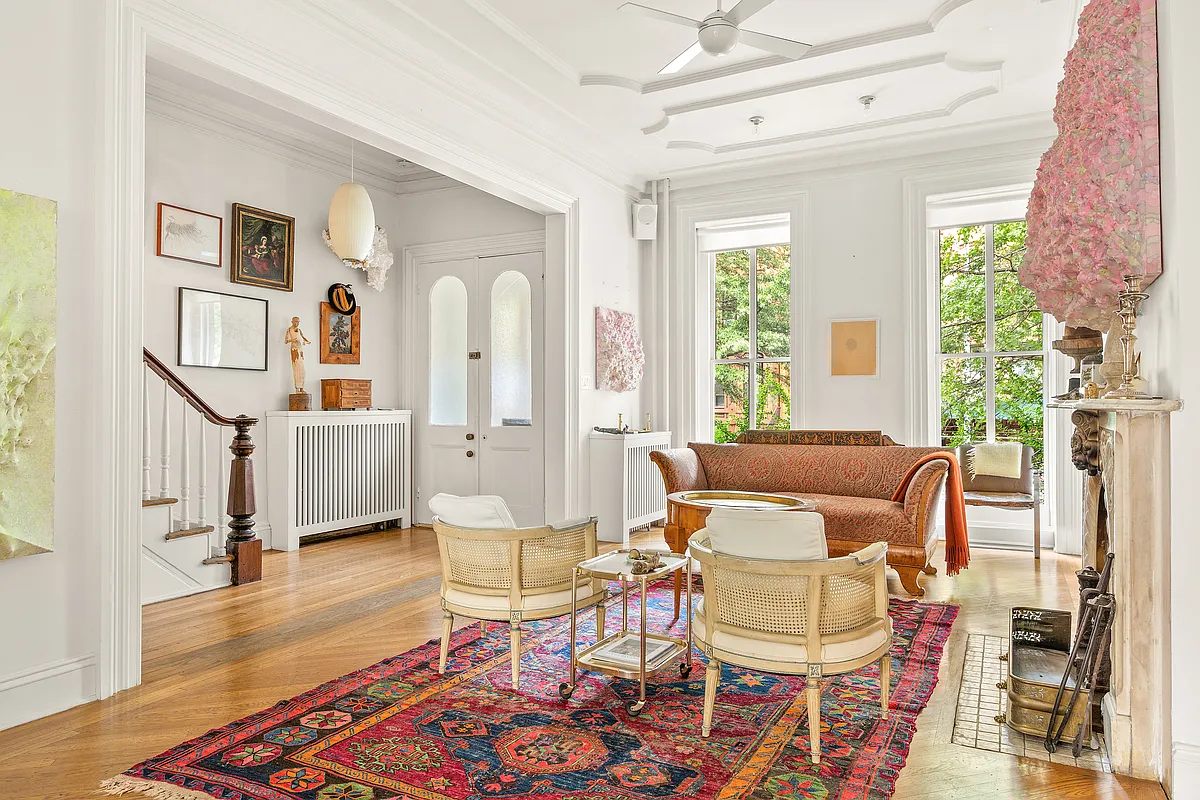Building of the Day: 146-48, 152-54 Warren Street
The BOTD is a no-frills look at interesting structures of all types and from all neighborhoods. There will be old, new, important, forgotten, public, private, good and bad. Whatever strikes our fancy. We hope you enjoy. Address: 146-148, 152-154 Warren St, as well as 139-141, 145-147 Baltic St. Name: Workingmen’s Cottages Neighborhood: Cobble Hill (Cobble…


The BOTD is a no-frills look at interesting structures of all types and from all neighborhoods. There will be old, new, important, forgotten, public, private, good and bad. Whatever strikes our fancy. We hope you enjoy.
Address: 146-148, 152-154 Warren St, as well as 139-141, 145-147 Baltic St.
Name: Workingmen’s Cottages
Neighborhood: Cobble Hill (Cobble Hill Historic District)
Year Built:1878-79.
Architectural Style:Early Romanesque Revival
Architects: William Field and Son
Landmarked: Yes
These eight houses are the end houses in the complex of cottages known as the Workingmen’s Cottages. Built by Alfred Tredway White to provide a more humane and healthier alternative to the atrocious tenement housing of the day, these houses are a high point in worker’s housing of the late 19th century.
Because these houses face out onto Warren and Baltic Streets, they are bigger and more ornate than their neighbors in the Warren Court complex, although still small by today’s standards. The houses measure 16 feet wide and 32 feet deep, with 9 rooms in each building.
They were built with interior bathrooms, not usual for this time, especially in lower income housing. Today, these corner houses, along with the smaller interior cottages, are among the most prized homes in the neighborhood.








Back to architecture. I was in one of these houses once, not sure if it was this group, I think it was another group nearby built for the canal workers. They all had adjoining backyards, it was very cute outside. The house was mind bogglingly small, I think it was two rooms deep and two stories. May have been three. It was like one of those you read about in Philly — three rooms all vertical. They were pretty darn cheap in 1994 or so — about $200,000. The Gowanus canal propeller had just been fixed and until then there was reportedly a stench for decades that supposedly caused the blight of the area. (So I was told.)
Rob,
Not being snarky, but timing and willingness to take a risk can be everything. 20 years ago you didn’t have to be rich to buy a property in Cobble Hill/Carrol Gardens. There may be other neighborhoods that are in the same position now as these neighborhoods were back then.
Rob, unless one is a sociopath, very few people LIKE to commit crimes. There are crimes of passion, crimes of opportunity, crimes of greed, jealousy and envy, as well as crimes of desperation. Everyone is certainly capable of all of these and more, but I would have to say that poor people often fall into the last category, more often than not. That’s a far cry from LIKING it. I would also say that violent crime can also be found everywhere, for all of the same reasons as above. That said crime occurs more often in poorer communities, where the same community is usually the victims, says as much about the desperation of poverty, and society, as it does about those in it.
Unless we are talking architecture here, I’m done. I’ll take it to the OT if necessary.
quote:
Rob, I’m not going to let you hijack my thread, but a statement like “poor people like to commit crime” is just beyond the pale. Do you ever read what you write before you press enter? For God’s sake.
okay, rich people like to commit crime too. duh. but poor people in general often are the ones who commit the violent crime. if you deny that you are just crazy.
*rob*
Rob, I’m not going to let you hijack my thread, but a statement like “poor people like to commit crime” is just beyond the pale. Do you ever read what you write before you press enter? For God’s sake.
I didn’t bring it up.
Montrose brought it up with her piquant words regarding the re-purposing of property from worker homes to upper class homes.
It’s an interesting issue inherent to today’s BOTD.
well a lot of the poor now who are systematically being displaced via section 8 vouchers, from the inner cities are now ruining the suburbs that once housed many upper middle class people too. people always say that concentrated poverty causes crime and blamed the huge project buildings, but we are now seeing that we are even wrong that displacing the poor in low rise suburbs will give them a better life. they are essentially just turning neighborhood after neighborhood into total cesspools for the people who live there.
but it’s pretty much a given that poor people like to commit crime and doesnt matter where you house them, they will still commit crimes! (and this is true of ALL kinds of poor people), but not necessarily all poor people commit crimes, duh.
eeeks,. sorry for the threadjack (slightly) montrose, but pigeon brought it up.
*rob*
“Today, these corner houses, along with the smaller interior cottages, are among the most prized homes in the neighborhood.”
Gotta love it!
*Rob* — The “working class” has leisure, and the “leisure class” works. What’s sad about it?
I think it’s sad… or maybe just interesting… that you now probably have to be wealthy to live in what was lower class housing in the late 1800s. Here’s an example of the wealthy displacing the lower classes… and the lower classes have been pushed elsewhere.
Warren Street in Cobble Hill is one of my favorite streets. This mews complex is almost too picturesque. Really nice.